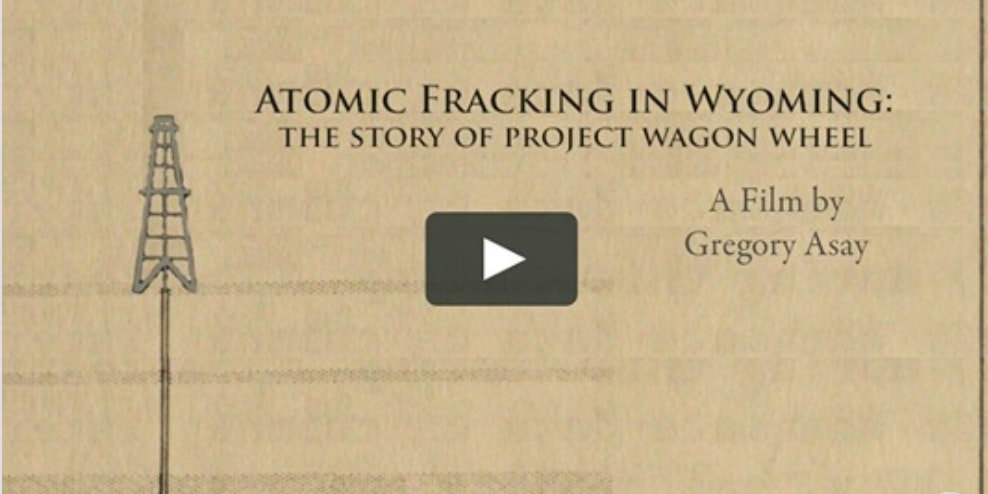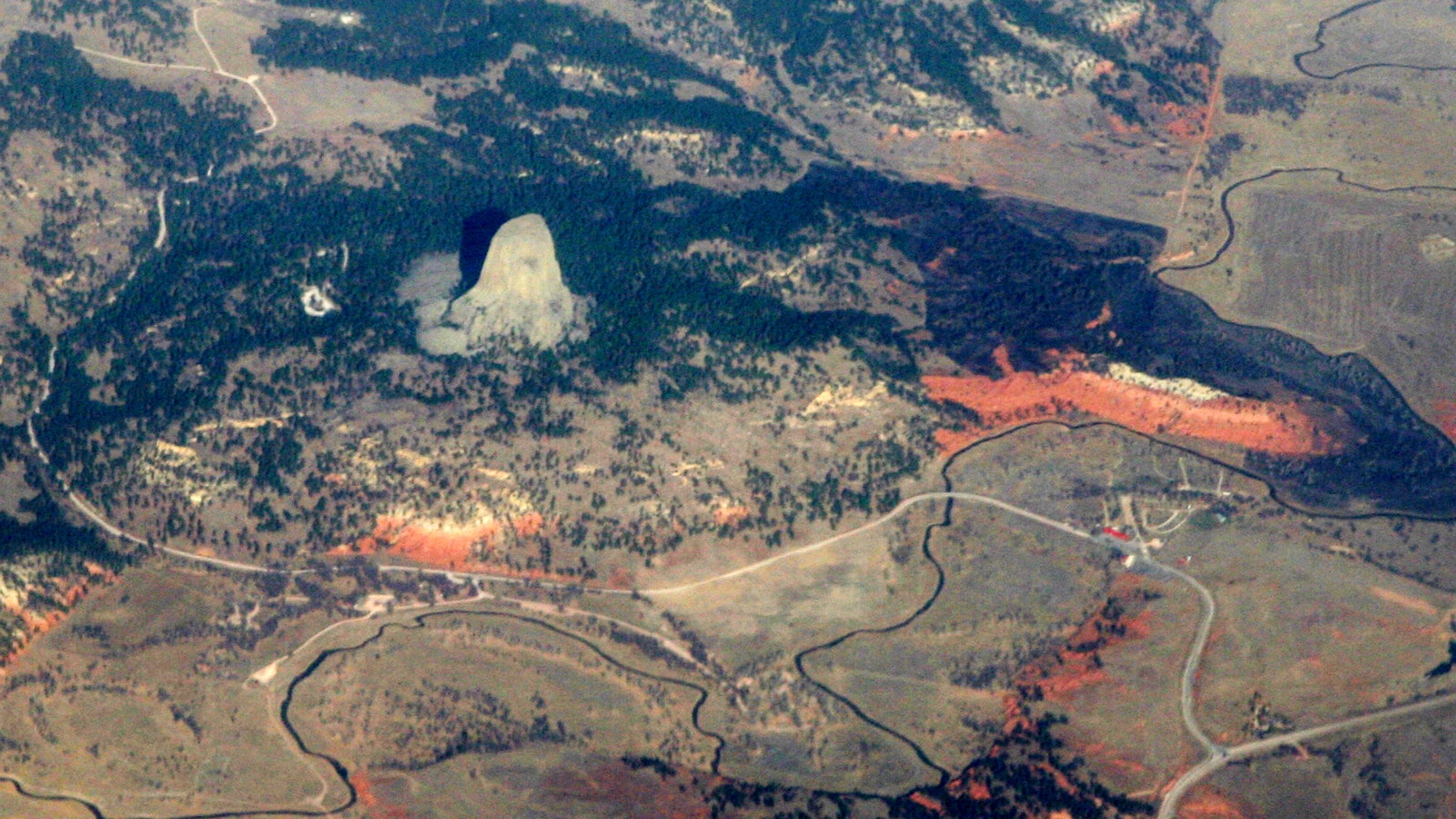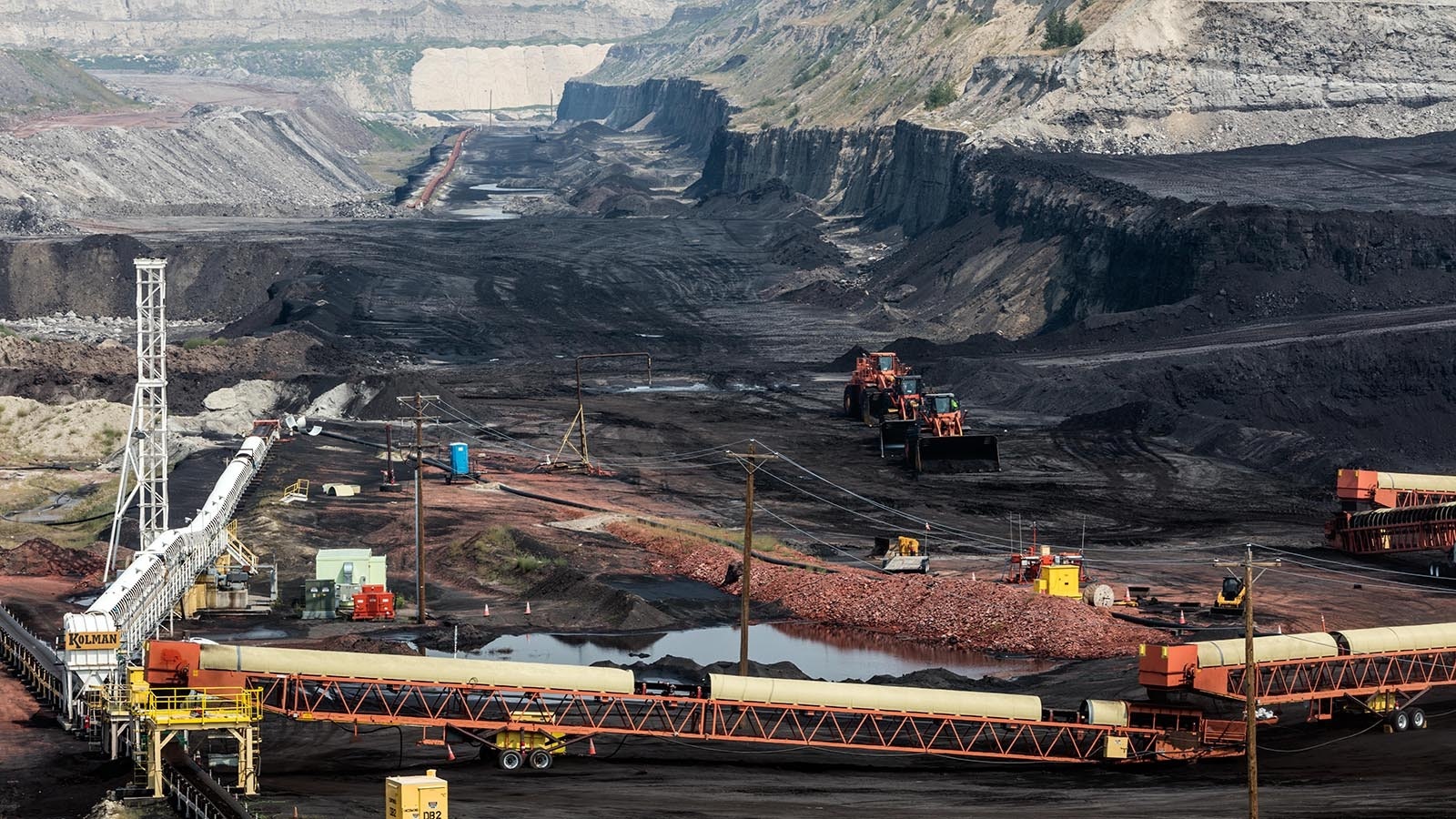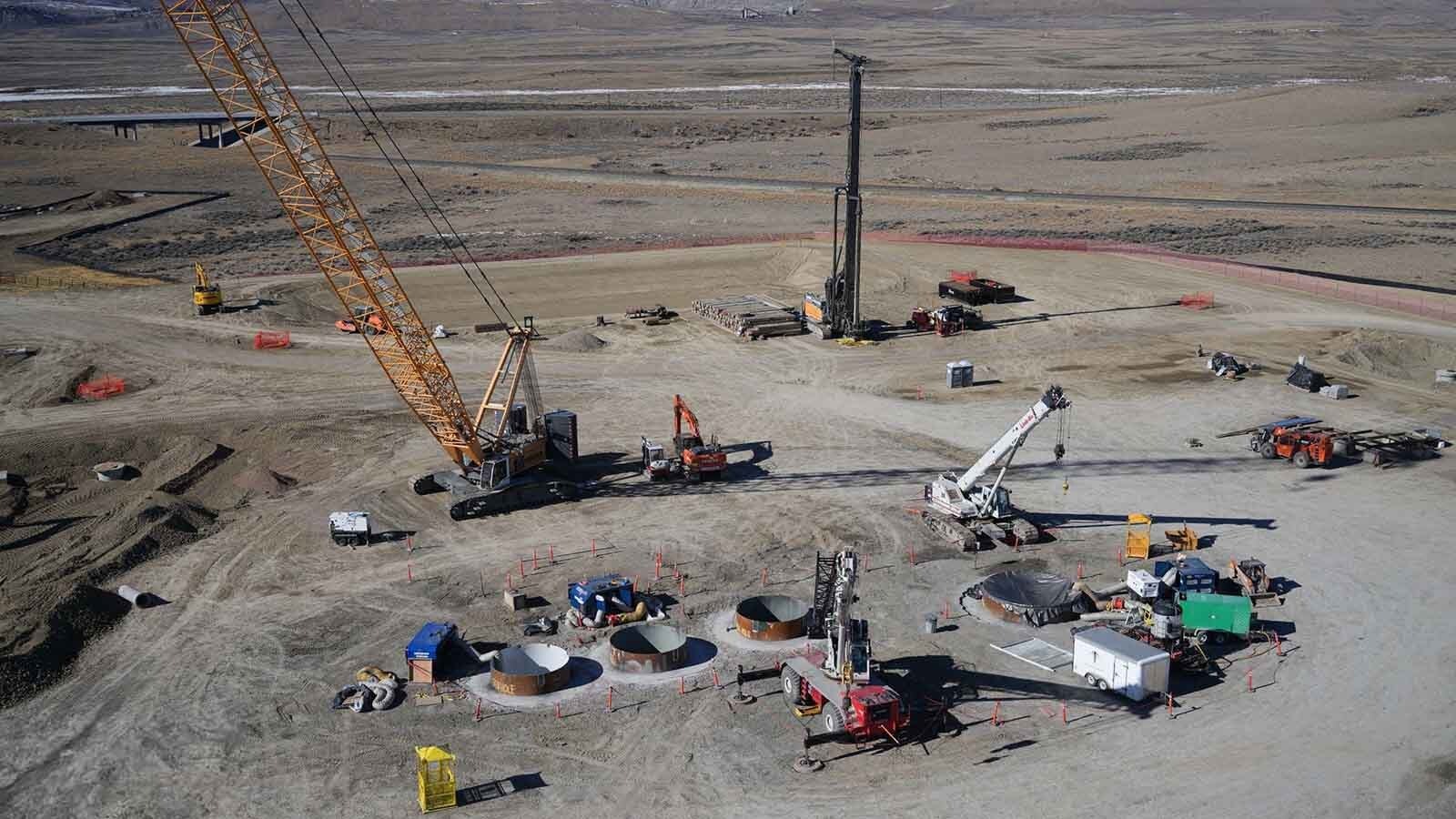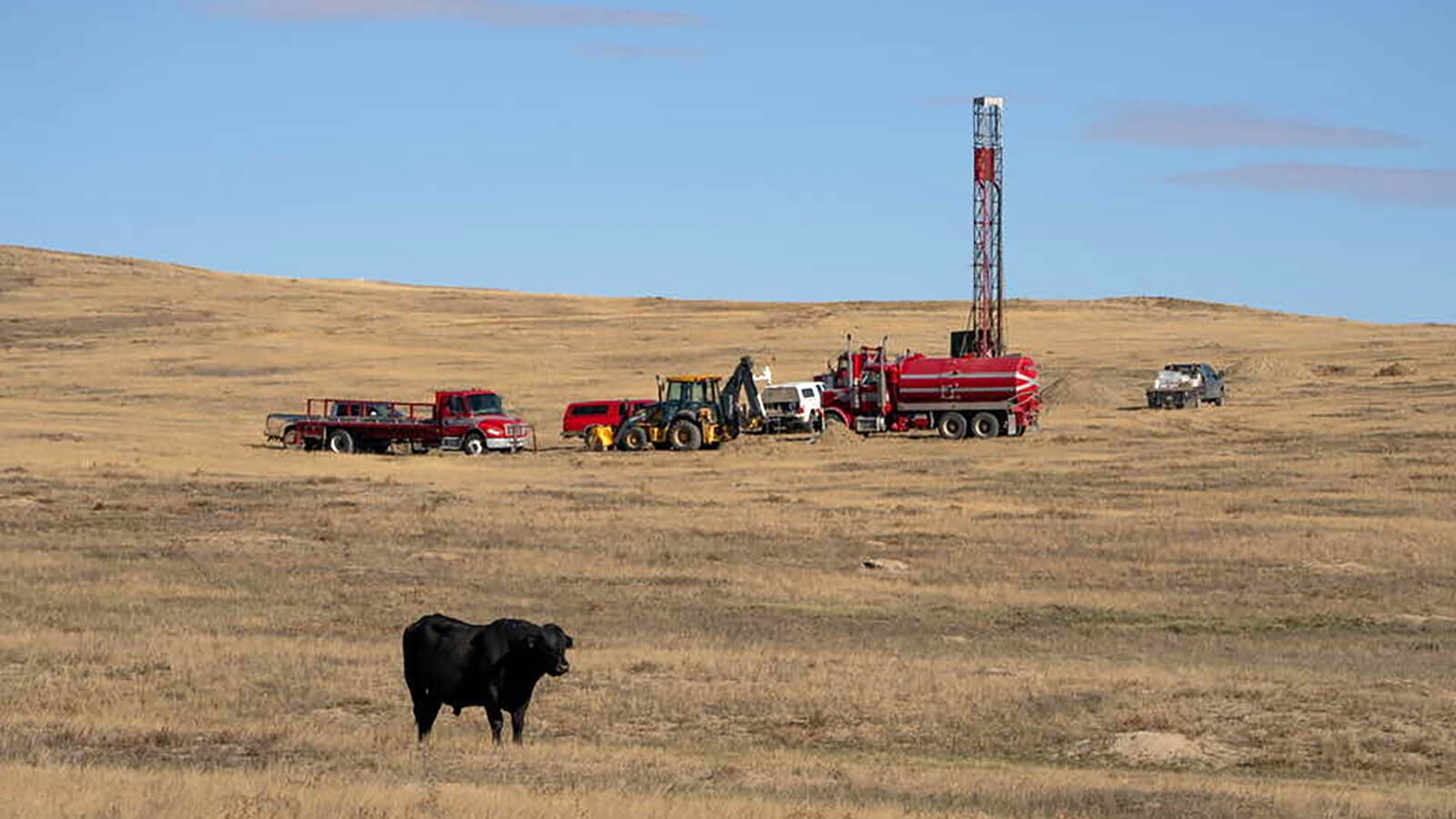A Wyoming filmmaker will soon share the results of several years of document research and interviews to tell a story many people have never even heard of—atomic fracking.
Greg Asay’s documentary “Atomic Fracking in Wyoming: The Story of Project Wagon Wheel” is a visual exploration into a slice of Wyoming history often forgotten. It will air on Wyoming PBS on Nov. 19.
Asay originally learned about Project Wagon Wheel while he attended law school. It was the story of how atomic fracking was nearly put into practice in Wyoming, and it ignited his interest.
After law school, while working in Cheyenne, Asay found time to go to Laramie to explore the forgotten history of atomic fracking in the state.
He spent about two years rifling through various boxes in the American Heritage Center searching for anything that gave him clues, examining thousands of historic documents.
“The whole thing was so gradual,” Asay said. “I just kept getting a little bit more and then, a little bit more.”
He eventually discovered about 2,000 photos and a slew of documents. He journaled his findings. As much as he enjoyed the process, there were times when he had to take breaks—up to months. But he always went back.
Eventually, after nearly exhausting his search, he stumbled upon the last box that would hold the cornerstone of his video—eight original audio interviews of people directly involved with the project recorded by writer Chip Rawlins. These cassettes would begin to tell the story of atomic fracking in Wyoming.
After World War II, the U.S. Atomic Energy Commission explored peaceful and useful ways to expand the use of nuclear energy in the United States. In cooperation with El Paso Natural Gas Company, the commission used nuclear explosives to extract natural gas from sandstone formations at test sites in New Mexico and Colorado in the 1960s and ‘70s, Asay said. These tests were to play a large role in the company’s gas extraction future.
When El Paso Natural Gas wanted to conduct tests 19 miles south of Big Piney at the Wagon Wheel site, some community members held a meeting to discuss the project and learn more. The town hall meeting drew about 1,000 people to the town with just a few more than 500 residents.
Some of the residents assumed if the government was part of the project, it was probably safe; but some community members weren’t so trusting, said Ann Chambers Noble.
Noble is a historian who included a chapter about Project Wagon Wheel in her book “Pinedale, Wyoming: A Centennial History, 1904-2004.” Not only has she researched the topic in-depth, but she also remembers first-hand how the town had concerns for the nuclear fracking. In her middle school years, while the project was under consideration, she and her family would spend summers in Pinedale. She noted area residents were curious as to what atomic fracking would truly mean to them.
In 1971, locals formed an exploratory group called the Wagon Wheel Information Committee to learn more about how the El Paso Natural Gas Company would extract the gas. The committee was comprised of non-experts, such as ranchers, looking to understand more about the process, Asay said.
After learning more about the project, members the committee began to feel uneasy about it. By 1972, area residents opposed the project by a 2-to-1 margin as tallied by a local straw poll, according to Asay.
Eventually, the controversy and delays caused by the committee’s work quelled support for the project.
Asay kept researching the committee’s journey and how members helped stop a potentially dangerous practice in their community. His narrative, actually the community’s narrative, began to take its first crude form. During the process, Asay found Noble’s book and contacted her.
Noble said she wasn’t sure what to think of his inquiry at first.
“You get a lot of these random emails as a historian,” she said. “and Greg sent me a cold email.”
At first she didn’t think much of it, but Noble said she began corresponding with him. It wasn’t until she realized Asay fully grasped the significance of the committee that she began to take him seriously. She shared with him photos and stories, which became part of the final version. Eventually, Asay shared his first rough cut of the video with her — nearly two and one-half hours, he said.
Noble reviewed a draft of the film and gave feedback to Asay. She said he really tried to achieve a correct depiction of the community and include subtle but accurate details. He wanted his film to be the community’s story.
“I love what he did,” Noble said. “I feel he really captured the story.”
Asay said he went through a couple of edits before finally polishing the 60-minute product that will soon air on PBS.
The story has become a part of Asay, One that he is compelled to share even on the road.
“There’s a turnoff near Pinedale,” Asay said. “I always point to it.”
Atomic Fracking in Wyoming: The Story of Project Wagon Wheel” airs on Wyoming PBS Nov. 19.

